The 1970s design of the Francis Scott Key Bridge may not have been strong enough to protect it from the force of a large container ship impact.
Bridge collapse and container ship cause accident. Video: AFP
A giant cargo ship crashed into the Francis Scott Key Bridge in Baltimore, Maryland on March 26, leaving several people missing and causing major economic and social disruption. There are many questions about the collision, including why the ship hit the bridge directly and why the bridge collapsed so quickly after the accident, according to the Independent . Experts say it may be too early to say exactly what happened during the collision and subsequent collapse. However, they emphasize that bridges of this type are especially well-built with such protection against collisions and that the force required to cause the bridge to collapse is enormous.
Bridges have collapsed after colliding with ships in the past. Between 1960 and 2015, there were 35 major bridge collapses after being hit by ships, according to Toby Mottram, a researcher at the University of Warwick. That real risk has prompted the construction of modern bridges with crash-resistance. Engineers have developed a series of requirements and safety measures to ensure the stability of bridges in the event of a collision.
Large bridges spanning waterways require protection for their piers and supports. This protection can take many forms, says Robert Benaim, a bridge designer and a research fellow at the Royal Academy of Engineering. “It can be structural protection, such as inserting steel structures on the seabed to stop or divert ships. Or it can be artificial islands for large ships, so they never come close to the piers,” Benaim says.
The Francis Scott Key Bridge is relatively modern, so experts believe it was built with the anticipation that the piers might be hit. The piers are critical because any structural failure there, especially at the center, could cause the entire bridge to collapse. According to Lee Cunningham, associate professor of structural engineering at the University of Manchester, the mass and speed of the train are the main factors in determining the magnitude of the impact. Likewise, the direction of impact is also an important factor, calculated based on the location of the traffic lane.
In the case of the Francis Scott Key Bridge, the bridge’s 1970s design may not have taken into account the enormous size and power of today’s ships. The cargo ship that hit the bridge, called the Dali, was huge—1,000 feet long and 160 feet wide—carrying a huge cargo load and traveling at an unknown speed. It’s conceivable, Mottram says, that the bridge’s piers were not designed to withstand the scale of a collision with a modern ship, since ships like the Dali did not sail through Baltimore Harbor at the time. While the Baltimore Key Bridge met safety standards and design regulations in the 1970s, it may not have had the protections in place to handle the motions of today’s ships.
However, Professor Mottram also stressed that it was not just the technology on the bridge that failed to prevent the collision. "The navigation technology should have prevented the train from hitting the bridge," he said. According to Mottram, the priority of the investigation should be to clarify why the technology did not work on the train.
What is striking about the video of the crash is how quickly the bridge collapsed. Once the bridge began to buckle, it collapsed completely. This is partly because the structure was built as a continuous truss bridge, made of long steel trusses running across three main spans, rather than multiple connecting sections at the foot of the bridge.
A collision with a large ship like the Dali far exceeds the design load on the long, tapered concrete piers that support the truss structure. Once the piers are destroyed, the entire truss structure collapses very quickly, explains Andrew Barr, a PhD student in the Department of Civil and Structural Engineering at the University of Sheffield.
“This is an example of what engineers call a cascading collapse, where failure in one structural element leads to failure in an adjacent element, which is unable to support the new load above. In this case, the collapse of the pier caused the unsupported section of the truss to buckle and fall. Because it is a continuous truss, the load is redistributed. The truss rotates around the remaining pier like a seesaw, temporarily raising the northern span before the tension causes it to collapse as well. The result is the entire truss collapses into the water,” Barr said.
An Khang (According to Independent )
Source link


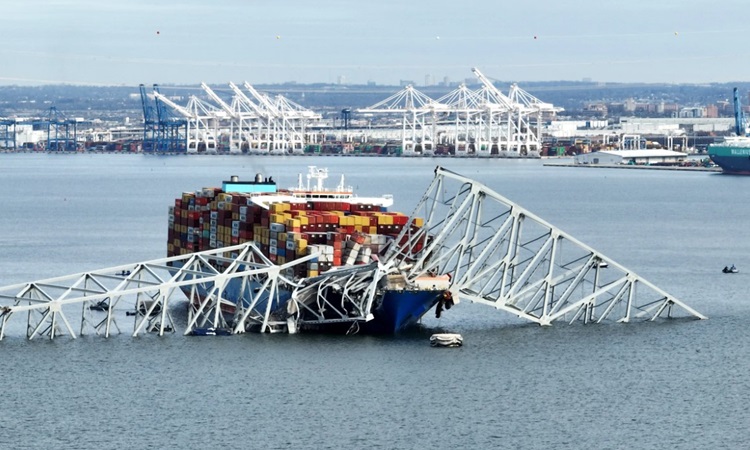


![[Photo] Closing of the 11th Conference of the 13th Central Committee of the Communist Party of Vietnam](https://vstatic.vietnam.vn/vietnam/resource/IMAGE/2025/4/12/114b57fe6e9b4814a5ddfacf6dfe5b7f)


![[Photo] Overcoming all difficulties, speeding up construction progress of Hoa Binh Hydropower Plant Expansion Project](https://vstatic.vietnam.vn/vietnam/resource/IMAGE/2025/4/12/bff04b551e98484c84d74c8faa3526e0)
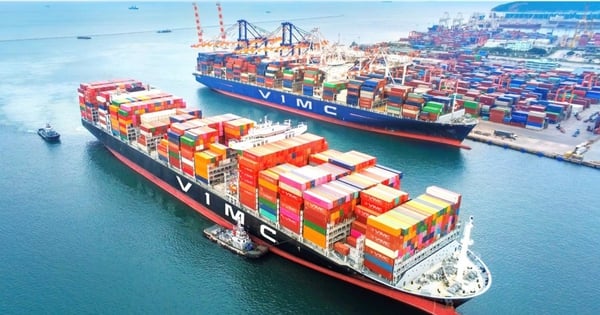

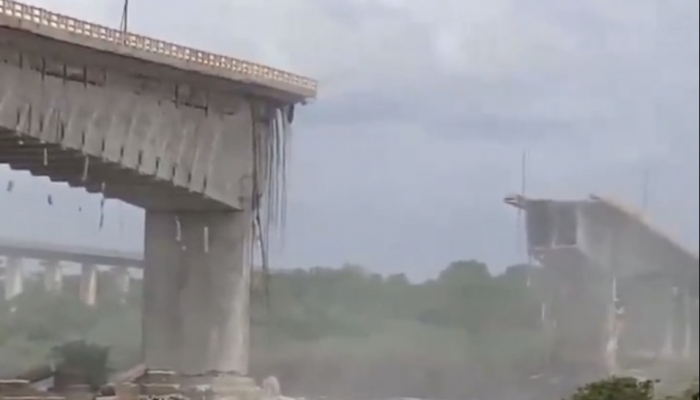

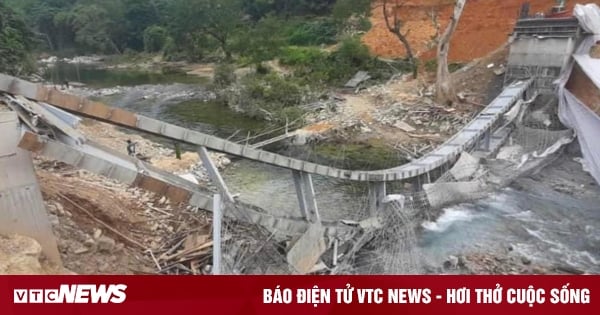

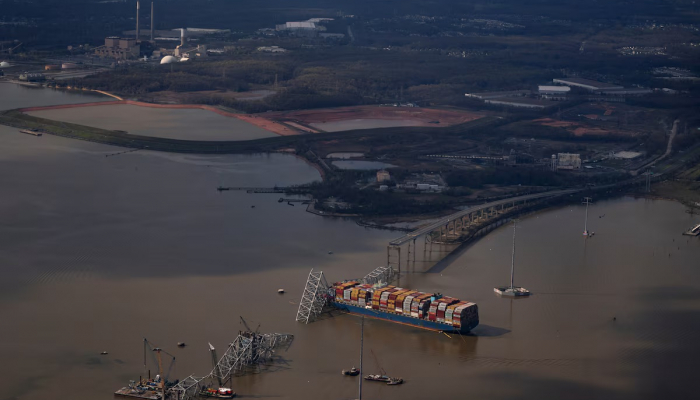
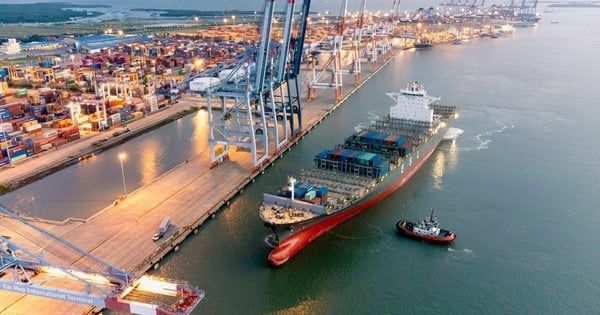
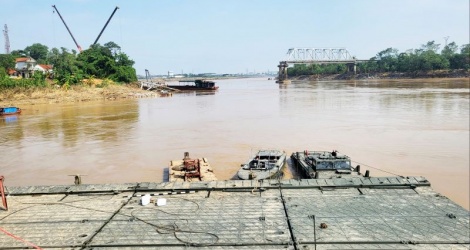



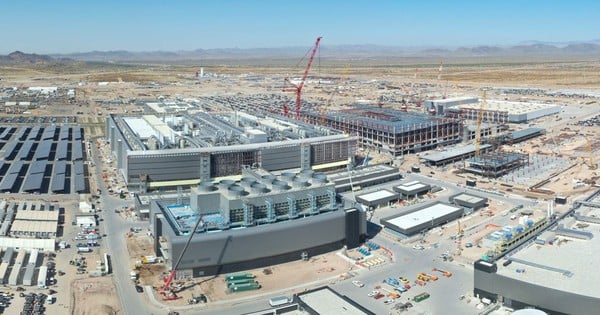
























































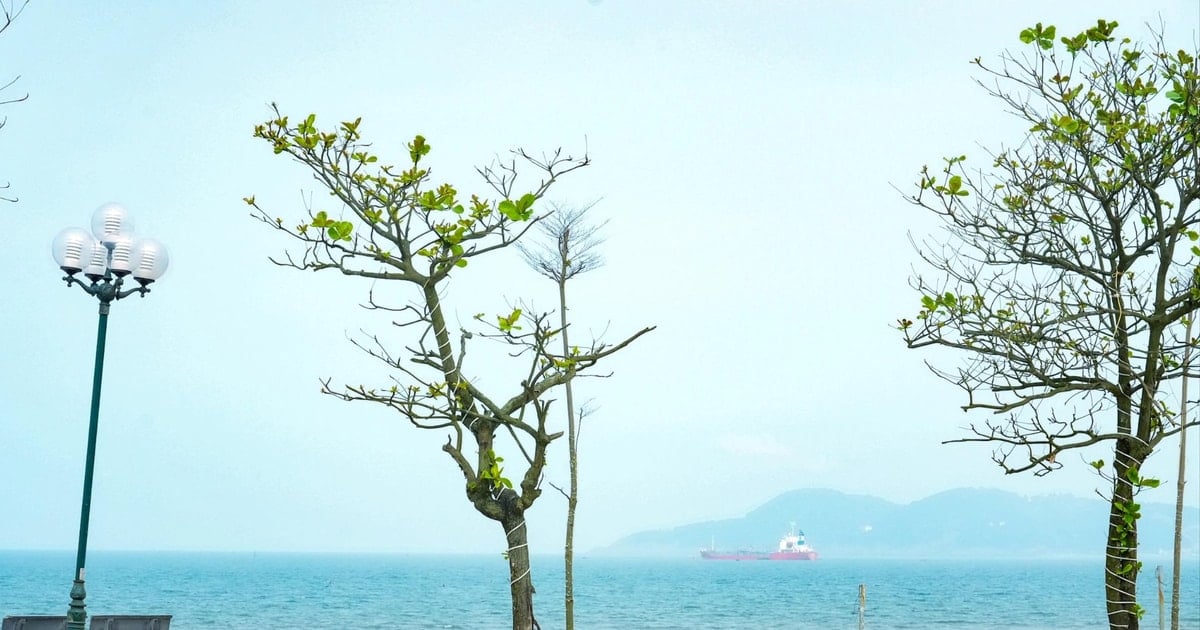



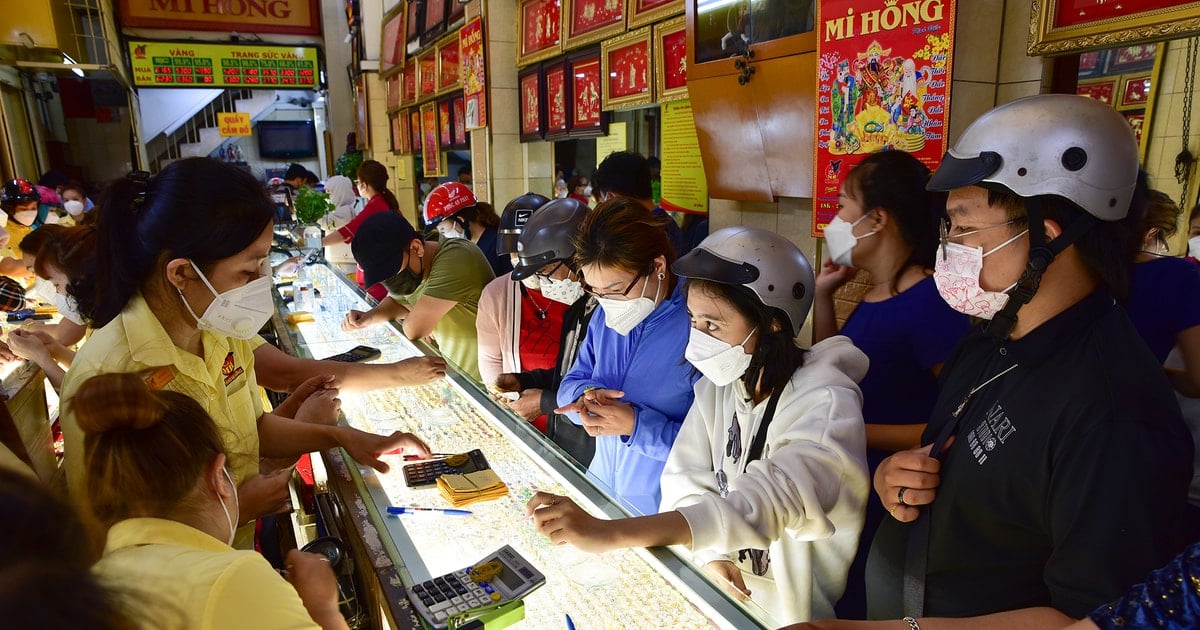














Comment (0)